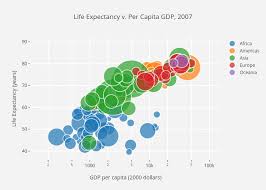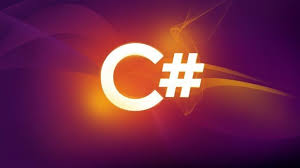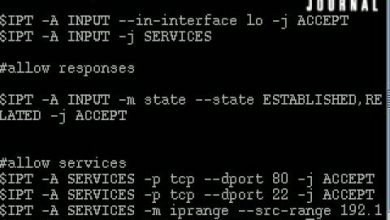Data Visualization using Python

Data Visualization using Python Free Tutorial Download
Python is a straightforward, powerful, easy programing language. Python’s elegant syntax and dynamic typing, along with its interpreted nature, makes it a perfect language for data visualization that may be a wise investment for your future big-data needs.If you are a Python user who desires to enter the field of data visualization or enhance your data visualization skills to become more effective visual communicator, then this learning path is for you.
With this easy to follow, hands-on course you will initially begin with introduction to data visualization, and the techniques and libraries which can be leveraged with the Python language. Ten you will learn to program stunning & interactive Data Visualizations using bqplot, an open source Python library developed by Bloomberg. Furthermore, you will gain knowledge on how to programmatically create interactive network graphs and visualizations & then visualize data with the interactive Python visualization library, Bokeh. Finally, you will build interactive web visualizations of data using Python: you will choose a number of inputs your users can control, then use any Python graphing library to create plots based on those inputs.
By the end of this course you will be able to demonstrate visualizations with interesting, real-world data sets. Also you’ll be able to create effective visualizations for your data sets using tools: matplotlib, bqplot, NetworkX, Bokeh, and Dash in Python.
Contents and Overview
This training program includes 2 complete courses, carefully chosen to give you the most comprehensive training possible.
The first course, Learning Python Data Visualization begins with visualization concepts so viewers can analyze large and small sets of data using libraries such as Matplotlib, IPython, and so on. This course primarily employs the IPython environment and matplotlib, with the following structure: Introduce key data visualization libraries (matplotlib and so on.) and cover data importing/exporting (CSV, Excel, JSON and so on), Introduce real-world data sets (to be visualized in the video), Visualization types/techniques (bar chart, histogram, scatter plot, geospatial, and so on); demonstrate how to customize visualizations. Introduce intermediate topics to create more advanced visualizations and using complex techniques, such as real-time data visualization. By the end of the course, you will be able to demonstrate visualizations with interesting, real-world data sets.
In the second course, Data Visualization Projects in Python you will start by programming stunning interactive Data Visualizations using bqplot, an open source Python library developed by Bloomberg. Then you will learn how to programmatically create interactive network graphs and visualizations. You will then programmatically visualize data with the interactive Python visualization library, Bokeh. Finally, you will build interactive web visualizations of data using Python: you will choose a number of inputs your users can control, then use any Python graphing library to create plots based on those inputs.
About the Authors
- Benjamin Keller is a postdoctoral researcher in the MUSTANG group at Universität Heidelberg’s Astronomisches Rechen-Institut. He obtained his PhD at McMaster University and got his BSc in Physics with a minor in Computer Science from the University of Calgary in 2011. His current research involves numerical modeling of the interstellar medium over cosmological timescales. As an undergraduate at the U of C, he worked with Dr. Jeroen Stil on stacking radio polarization to examine faint extragalactic sources. He also worked in POSSUM Working Group 2 to determine the requirements for stacking applications for the Australian SKA Pathfinder (ASKAP) radio telescope. At McMaster, he worked with Dr. James Wadsley in the Physics & Astronomy department. His current research is focused on understanding how the energy released from supernovae explosions regulate the flow of gas through galaxies, and how that gas is converted into stars.
- Harish Garg is a Data Scientist and a Lead Software Developer with 17 years’ software industry experience. He worked for McAfeeIntel for 11+ years before starting his own software consultancy. He is an expert in creating data visualizations using R, Python, and web-based visualization libraries.
Who this course is for:
- Python users who wish to enter the field of data visualization or enhance their data visualization skills.
- Big Data analysts, web developers.
- Budding data scientist who wants to know how to use Python to visualize your data to get effective insights from it.
Download Data Visualization using Python Free
https://drive.google.com/file/d/1h0ckGMe8tXgGXnuusdWG3dUpWrJ4OKJD/view?usp=sharing
https://drive.google.com/file/d/14BTyFy_DEdjL5Dt09A3t37Gs2M35B1Nh/view?usp=sharing
https://drive.google.com/file/d/1QJzUBbbk2SJVAxOjlnZ9tTDpNIeC0hbF/view?usp=sharing
https://uptobox.com/uuqj73ci30lo




